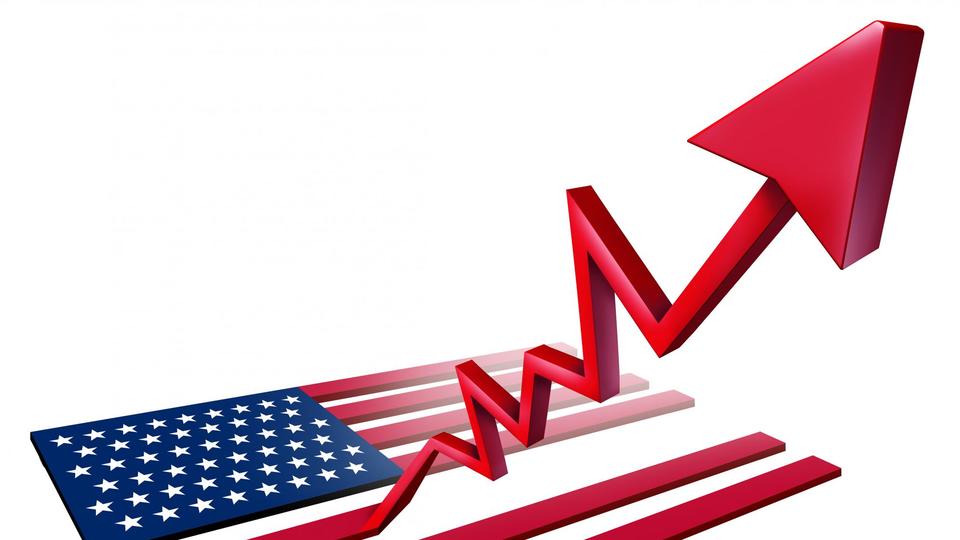Stock market performance has long been used as a barometer for the health of the general economy. as an example , the president regularly points to the Dow Jones Industrial Average performance as evidence that Americans are experiencing unprecedented levels of wealth.
The stock exchange crash that occurred in early March as a response to the coronavirus pandemic appears to be more of a correction now that stocks are back on the increase . So all must be with the economy, right?
If you ask the nearly 40 million workers who have filed for unemployment benefits, or the third of usa citizens who were unable to pay their rent or mortgage last month, nothing might be beyond the reality .
“Right now, it seems there are two rather stark American realities,” said Daniel Milan, managing partner of Cornerstone Financial Services. “In one, investors are experiencing a prosperous and promising outlook. the opposite one, felt by many American workers, is fraught with economic loss and vast uncertainty.”
By all the standard measures, stocks should be taking place in value. The coronavirus pandemic still has many businesses shuttered, a number of which are forced to file for bankruptcy or leave of business completely. Unemployment rose sharply over the past two months, reaching nearly 20%, the very best it’s been since the good Depression. and that we likely haven’t experienced the complete financial ripple effect of the shutdown.
Even so, stocks have essentially recovered from March lows, making the three-day market from March 23-26 the shortest one in history, Milan said. In fact, over the last two months, major U.S. stock indices have averaged a 34% return from the depths of the market downturn on March 23.
“Frankly, the market is during a confusing spot immediately ,” Milan said. So how can it’s that the stock exchange appears in great shape while the U.S. economy remains sputtering?
Defining ‘The Economy’
“At the foremost basic level, the economy is that the production and consumption of products and services. It encompasses all individuals, companies and therefore the government,” explained Lacey Cobb, a chartered securities analyst , certified financial planner and director of recommendation solutions at Personal Capital.
One of the foremost widely known measures of economic activity is gross domestic product, which represents the price of all finished goods within a rustic during a selected period of time . GDP essentially provides a snapshot of the economy’s size and rate of growth . a perfect GDP rate of growth is around 2%-3% per annum . However, the Bureau of Economic Analysis estimates that U.S. GDP actually decreased by 5% within the half-moon of 2020.
Another indicator that’s probably most relevant to the typical American is that the monthly employment report from the Bureau of Labor Statistics. This shows internet total of jobs gained minus jobs lost.
According to the newest report, the amount of unemployed Americans rose by 15.9 million to 23.1 million in April. That’s the sharpest month-over-month increase since the BLS started tracking this data in 1948. As a result, new unemployment claims are still highly elevated, though they’re substantially down from the 6.9 million claims filed within the last full week of March. “Typically, new unemployment claims peak about two months before the economy hits bottom,” Milan said. “Should that hold true with the present April high, we should always see rock bottom in June.”
Daily federal tax receipts also are an honest gauge of overall economic health, consistent with Milan, because they show the depth and breadth of our employment income situation. within the half-moon of 2020, before the COVID-19 crisis really took hold, receipts were up 19.7% compared to 2015, a variety used for comparison because the date/month cycle is identical.
However, receipts in April 2020 were up just 2.6% versus 2015 data. In other words, “economic activity fell off a cliff,” Milan said. Even so, he noted that these economic indicators that lag equity markets are beginning to show progress.
Why is the stock exchange On The Rise?
The stock exchange is an exchange where the buying, selling and issuance of shares in publicly held companies takes place. Stock values are largely supported what’s expected to happen within the future instead of what’s occurring immediately .
“Tying the performance of the economy to the performance of the stock exchange assumes that what happens within the economy is accurately and promptly reflected available prices,” said Mark Carlton, a chartered securities analyst and portfolio manager at Trademark Financial Management. As you would possibly have noticed, that’s not presently the case.
Because the market is forward-looking, it explains why stock values are on their way copy despite our weak economy. As cities begin to open copy and businesses resume operations, there’s optimism that production and jobs will return to pre-crisis levels.
Indeed, industries that took a serious dive after the coronavirus hit are crawling their way back. occupancy rate is copy as of May, as are gas purchases. On May 31, airport security checkpoints cleared 352,947 passengers, quite fourfold as many travelers because the lowest point on Pan American Day . the amount of prospective homebuyers contacting affiliated agents is now above pre-COVID-19 levels, while there have been also two straight weekly increases in mortgage applications in May. Uber, which lost 80% of its business within the wake of the pandemic, stated rides were up for 3 consecutive weeks in early May and on target to continue increasing.
Why The stock exchange Isn’t Representative Of the general Economy
The fact that the stock exchange may be a leading economic indicator isn’t the sole reason there’s often a disconnect between it and therefore the overall economy.
The market reflects the circumstances of the most important companies within the economy. The Dow Jones , for instance, is formed from just 30 major corporations. The five largest U.S. companies (all mega-growth technology companies) structure 20% of the S&P 500 Index and are holding up far better than the bulk of other companies during the pandemic.
“These firms could also be experiencing conditions far different from much smaller companies,” Carlton said. “Access to credit, multiple business lines, product and labor adaptability are just a few of the benefits that larger companies have.” And within the age of companies with $1 trillion market capitalisation , like Apple and Amazon, which will be truer than ever.
Small businesses ― independent companies with fewer than 500 employees ― are considered the lifeblood of the U.S. economy. In fact, small businesses account for two-thirds of net new jobs and generate 44% of U.S. economic activity, consistent with data from the tiny Business Administration. Yet they don’t have an equivalent representation within the stock exchange , Cobb said. “That means the U.S. stock exchange only represents some of U.S. employment and doesn’t entirely reflect how economic gains are distributed throughout the economy.”
Measures taken by the govt and Federal Reserve System have also done tons to bolster confidence for investors, but not necessarily for consumers. Particularly, the Fed’s decision to chop rates backtrack to 0% is sweet news for the stock exchange , as low interest rates boost this value of future earnings. In theory, low rates also can help consumers by making it cheaper to borrow money, which frees up funds to spend and invest. But if people don’t have jobs (i.e., income), their money goes to putting food on the table and paying bills before buying homes and stocks.
The stock exchange is additionally often driven by narrative and not necessarily how the economy is doing objectively. “Narrative pulls investor dollars in or it scares [them] out, and therefore the prevailing narrative can change during a hurry,” Carlton said. “We always attribute gains and losses to something concrete, like China or retail sales. But in fact , it’s about the willingness of buyers and sellers at that point to simply accept a trade on the other’s terms.”
Not to mention, individual stocks are largely held by the foremost affluent investors ― an equivalent people that are least likely to be impacted by an economic downturn. In fact, a staggering 84% of all stocks owned by Americans belong to the wealthiest 10% of households.
That’s to not say that the stock exchange and overall economy are completely unrelated. What’s important to know is that day-to-day market swings don’t reflect what’s happening within the true economy. Over the long-run, the stock exchange and therefore the economy do tend to possess a stronger correlation, but that gap between Wall Street and Main Street isn’t getting any narrower.












